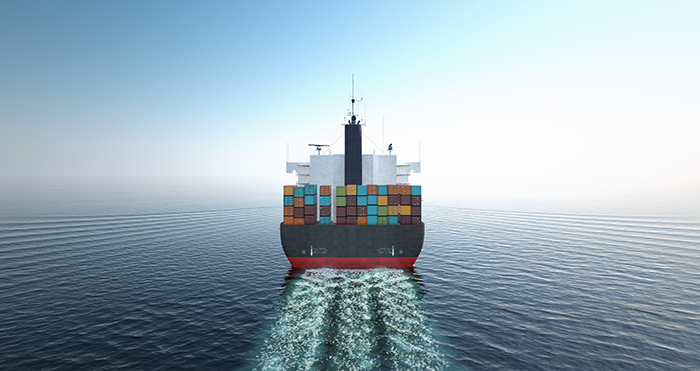
23 Nov An ‘uphill fight for shippers’ as carriers shy away from contracts
As demand continues to rise in Asia-US, BCOs struggle to ship contracted cargo and increasingly turn to NVOCCs to sustain their broken supply chains.
Carriers find bogus excuses to refuse to release equipment at depots in China, in addition to rolling containers without warning. “It’s really no-brainer,” said one Shanghai-based forwarder. “Carriers can get four times the price for a spot booking and with a few exceptions, they’re no longer worried about contracts, as next year’s ballgame will be completely new.” Annual transpacific contracts are typically negotiated through February and March, and shipping consultant Drewry said it projected early 2021 deals to be over 40% higher than this year, “having seen carrier quotations for early transpac bids.”
During yesterday’s webinar presentation, Philip Damas, head of Drewry supply chain advisors, said It’s a sellers’ market.” And transpacific tender briefing co-presenter Chainalytics senior manager John Westwood warned: “2021 will be an uphill shippers battle.” Another forwarding source said even the biggest BCOs had trouble getting equipment and space when they met their MQCs [minimum quantity commitments] and even used NVOCCs to help ship their goods. Jon Monroe, of U.S.-based Jon Monroe Consulting, said BCOs were “looking for space wherever they could get it and it’s coming from NVOCCs.” He recorded that volumes in October showed NVOCC market share had risen to 47.5 percent, and he heard several BCOs talking about growing their contribution to the sector next year. Carriers seem to move away from the stability of annual contracts on the road in favour of the more unpredictable spot market, but that may all change when – or if – the demand peters out. However there is no imminent indication of the unprecedented demand surge on trade coming to an end, with US ports posting record import volumes in October, with November reals and December predictions well ahead of 2019 figures.
According to data collected by New York-based Blue Alpha Capital, October’s imports through the top
ten U.S. container ports rose 18.8 percent on last year’s same month at 2,122,865 teu. West coastal ports rose 21% to 1,110,345 teu, while east coastal ports rose 16.5% to 1,012,520 teu. The show’s star was Los Angeles on the west coast, recording a huge 29% increase in imports to 506,613 teu. The port handled 97 containerships in October, Including 16 extra loaders, and continued high volumes. According to the port’s Signal data forecasting tool, import volumes arriving on vessels next week are 41% higher than last year’s same week with preliminary figures already showing 20% growth for the first week of December.

